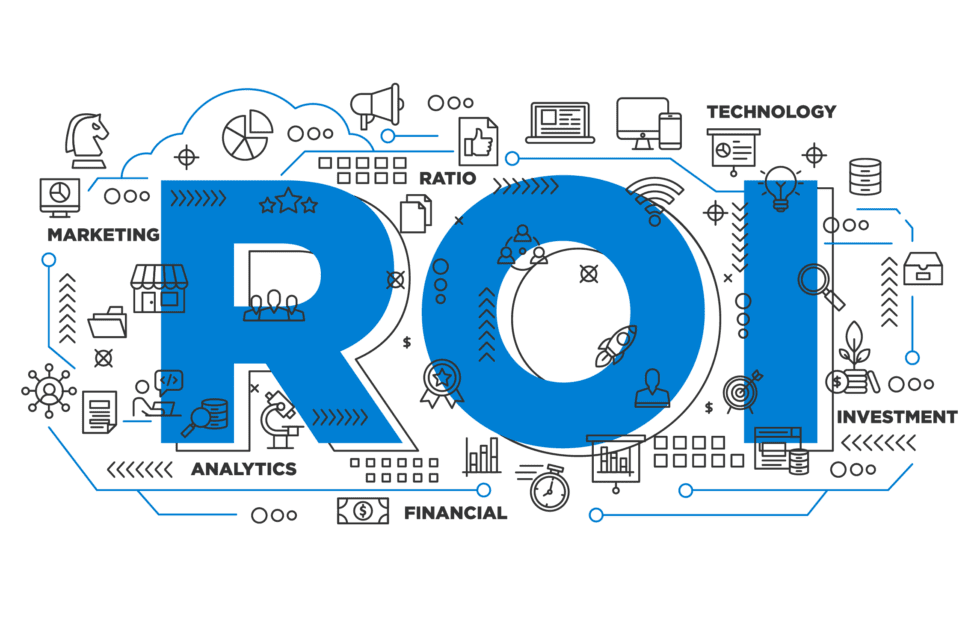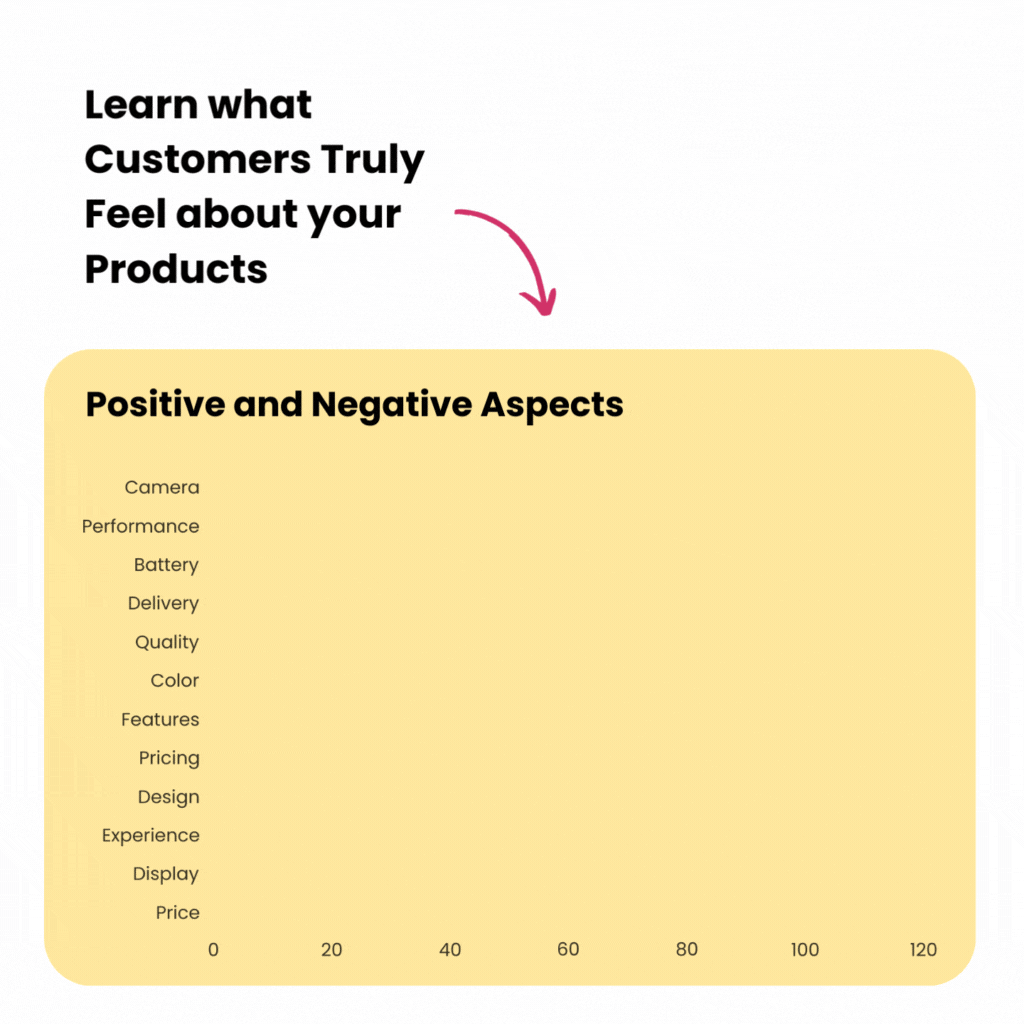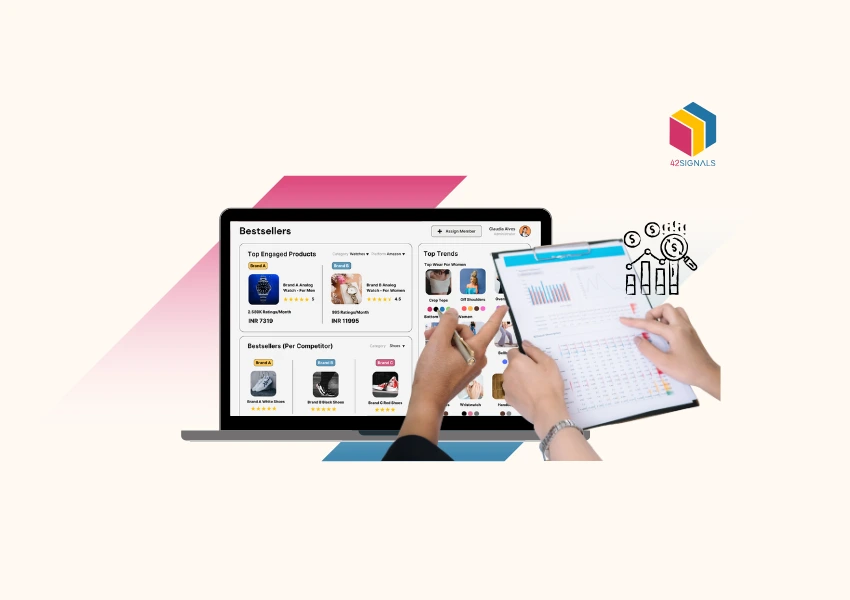How was the world 20 years ago? In 2003, the internet was just gaining popularity around the world and people were getting used to sending and receiving emails from someone in a completely different geographical location. Mindblowing! The concept of shopping online was so alien, but today, we can’t go a week without ordering something online. It could be groceries, an outfit, a book, or even a phone. And this is where voice of customer analytics becomes so important.
As we have advanced at such a rapid pace in the past two decades, the retail space has also evolved, requiring a heightened level of operations and that starts with understanding the customers’ needs. Customer-centricity has shifted from a buzzword to a strategic imperative, requiring Voice of Customer (VoC) analytics.

Image Source: VoiceBase
Voice of customer analytics is an informative tool that can transform businesses by providing companies with information about what their customers are thinking and fuel decision-making in the right direction.
The Essence of Voice of Customer Analytics
Voice of Customer Analytics is a multidimensional approach that goes beyond passive data collection. It involves capturing customer feedback, opinions, and sentiments from various touchpoints and transforming them into actionable insights.
With this data, businesses are able to understand their online performance and how the end user perceives their products and services. It serves as an important window into the consumer’s mind as companies develop a better understanding of their customer’s experiences, preferences, and pain points.
The Listening Ecosystem: Channels and Touchpoints
From the earlier example, it’s quite evident that businesses today do not operate as they did 20 years ago. This is largely due to the internet and the invention of social media. With newer technologies, communication has become easier than ever, and for brands, this means the option to interact with customers across a plethora of channels.
From social media applications such as Instagram to X – formerly Twitter, to product reviews on e-commerce platforms, to emails and surveys, communication happens in many forms and brands are privy to what their customers truly think and feel about them.

VoC analytics casts a wide net, capturing these diverse interactions and weaving them into a coherent narrative. A few methods include –
- Surveys and Feedback Forms: Structured surveys and feedback forms provide direct insights into customer opinions. By asking targeted questions, businesses can gather specific data that highlight what’s working and what’s not working. It also sets the groundwork for further research & development.
- Social Media Monitoring: In the age of social media, customers have no qualms about openly expressing their likes and dislikes on platforms like X, Facebook, Instagram, and TikTok. Voice of customer analytics tools sift through social chatter on all these platforms to uncover valuable insights about their business.
- Customer Support Interactions: Customer service interactions, whether via phone, chat, or email, offer a goldmine of information. In the era of chatbots and AI-driven interactions, analyzing support transcripts provides a window into recurring concerns and service gaps.
- Online Reviews and Ratings: E-commerce has birthed a culture of customer reviews and ratings. From the era of Yelp, customers have been very vocal about their opinions, albeit skewed more negatively than positively. VoC analytics consolidates this feedback, and reduces some of the noise, allowing businesses to grasp the pulse of public opinion.
The Power of Insight Generation
Collecting data is a starting point, but the real magic lies in transforming raw data into actionable insights. Voice of Customer analytics tools employ Natural Language Processing (NLP) and sentiment analysis to decode customer language and emotional tone. If a piece of text contains words such as ‘happy’ ‘good’ and ‘satisfied’ it is categorized as positive and similarly, words like ‘bad’ ‘terrible’ and ‘hate’ get categorized as negative sentiments.
This enables businesses to look at the right category of feedback, identify trends – whether customers are feeling more positively or negatively about their products, and prioritize areas for improvement. Voice of Customer analytics mainly helps with –
- Identifying Pain Points: Voice of Customer analytics can pinpoint the exact pain points customers encounter. Whether it’s frustrating website navigation or a dissatisfying service issue, a complicated checkout procedure, or a long delivery time, these insights are crucial in guiding operational refinements.
- Uncovering Hidden Needs: Customers often express latent needs that they might not even be fully aware of. For example, a brand selling nice everyday bags may have a very well-designed product but may have failed to include separate sections to hold a bottle or a keyring for valuables. Consumers that suggest these features as a nice-to-have, can be analyzed by the business thereby unearthing opportunities to innovate and deliver enhanced value.
- Monitoring Competitor Perception: Voice of Customer analytics isn’t just about introspection. It extends to gauging how customers perceive competitors. Intel about what your competitor’s customers are loving and hating about their products or services is a great way to capitalize on their weaknesses. A lot of brands adopt this methodology and use it to refine offerings and deliver a better product.
Let’s look at a comparison of Voice of Customer Analytics benefits businesses and its impact on growth.
| Business Benefits | Tangible Returns |
| Product Innovation | Differentiation in a Crowded Market |
| Improved Customer Experience | Enhanced Customer Loyalty |
| Tailored Marketing Campaigns | Reduced Churn |
| Service Excellence | Market Expansion |
Product Innovation to Differentiation in a Crowded Market
Feedback sparks innovation. By working on the identified pain points and customer desires for a product, businesses can tailor offerings to customer wants and needs.
This can actively set them apart from the competition as they have carefully and analytically curated the commodity – be it a product or service, based on what the end user requires.
Improved Customer Experience to Enhanced Customer Loyalty
A no-brainer. The easier the customer interaction with the brand where their journey is beautifully crafted to be pleasant at every touchpoint, heightened is the customer experience. This in turn translates into a deep sense of satisfaction with the brand that enhances loyalty and promotes repeat business. It can also lead to positive word-of-mouth.

Tailored Marketing Campaigns to Reduce Churn
Personalized campaigns that resonate with your customer’s tastes, wants and necessities can make a world of difference in purchasing habits. This means a continued pleasurable experience working with a business that reduces the probability of churn and keeps customers happy from beginning to end, even after they have made a purchase. It can also be used to target new audiences, helping them discover your business, and creating the possibility of acquiring fresh users.
Service Excellence to Market Expansion
With VoC analytics, operations shift from reactive to proactive. This can be from a customer support perspective to even the launch of new features by gathering feedback from the community. With knowledge of one demographic and their sentiments, it becomes easier to expand beyond existing markets and move into new geographies. What worked for one group is likely to resonate with a new audience as well.
In an era where customers wield unprecedented influence, the power of Voice of Customer Analytics cannot be underestimated. It holds the key to unlocking growth by aligning products, services, and strategies with customer expectations. By actively listening, interpreting, and responding to customer voices, businesses not only drive growth but also foster a culture of continuous improvement.







